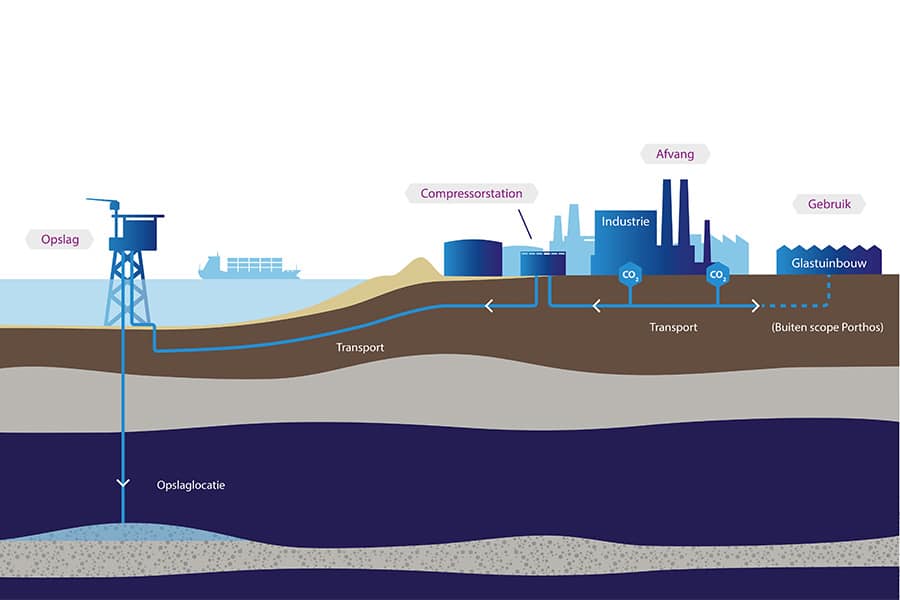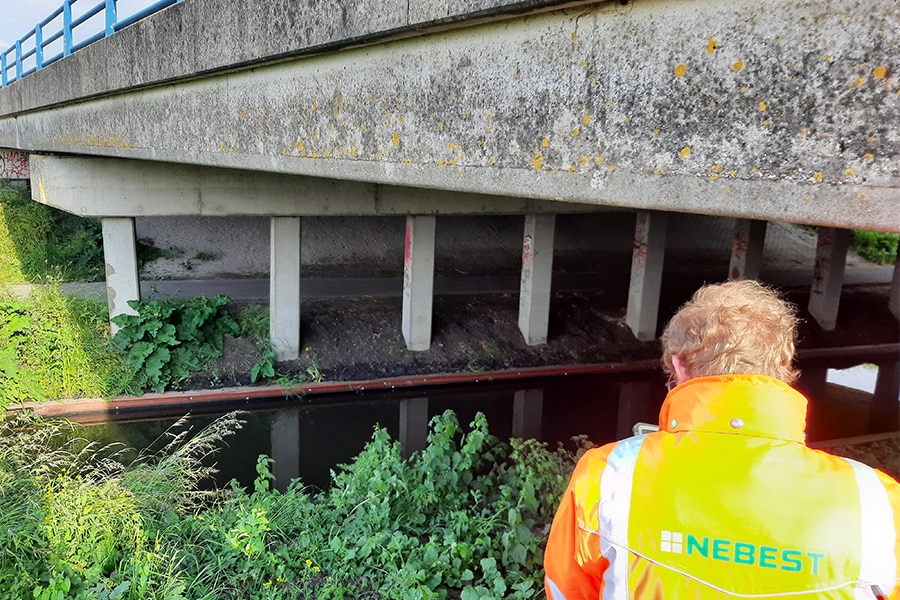
Corrosion: you don't see it, but it's there
Preload research essential in concrete bridge management
Things have gone badly wrong several times in recent years. Who does not remember the tragic accidents with collapsed bridges in Genoa, Dresden and the problems in England? Prestressing concrete is a fine technique for increasing the load-bearing capacity of bridges. However, if the prestressing channels are poorly filled, cavities are created in which - in the worst case scenario - water will collect. One does not need to have studied mathematics to know that steel and moisture does not give a fine outcome.
Corrosion is a silent assassin for pre-stressed concrete bridges. Concrete bridges in the Netherlands are slightly younger than collapsed bridges in Europe, but we don't have a complete picture of the condition. Fortunately, there have not yet been any collapsed concrete bridges in the Netherlands. However, investigations in several places show that the risk is not fully controlled. A visual inspection is simply insufficient.
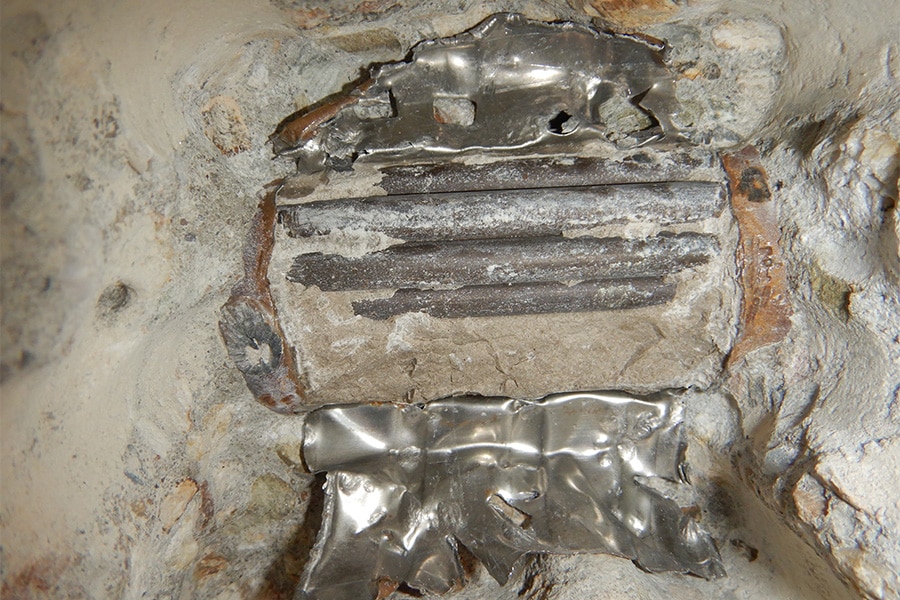
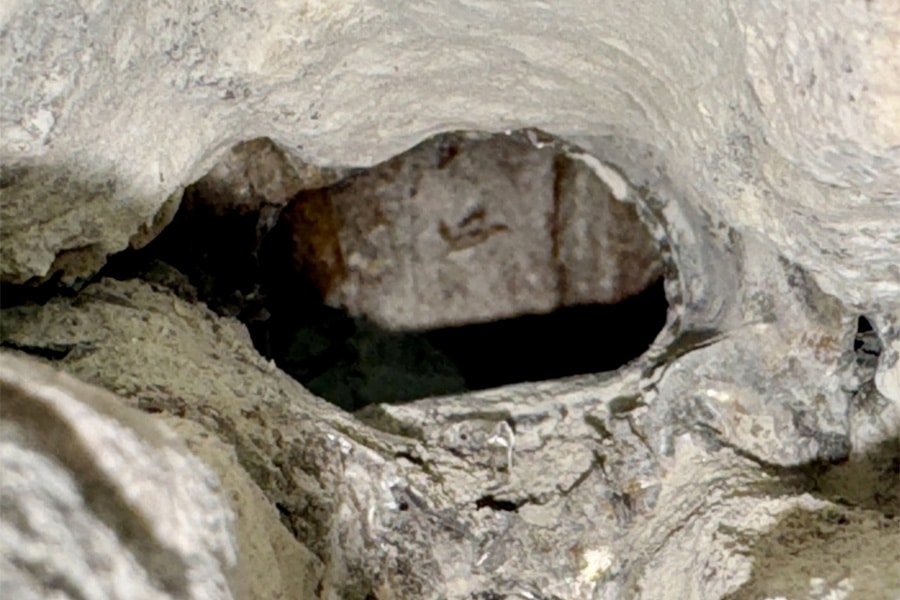
ANTICIPATE WITH RESEARCH
"Designing bridges with prestressing is incredibly beautiful," said Remco van Osch, Non Destructive Concrete Research Specialist at Nebest. "You can build much stronger and leaner this way than with traditional reinforced concrete. The disadvantage of such a construction, however, is that there is a greater risk of brittle collapse. There is no small crack that gets bigger and bigger, but it is finished in one go. We have to prevent that, of course, at all times." How, he is adamant, "Research is the primary means of understanding and actively anticipating this."
In other European countries this is done with Pulse Echo (ultrasonic examination) and we see this more and more in the Netherlands as well. This examination detects cavities in prestressing channels. Post-injection with injection grout is a complicated process and simply a profession in its own right. If cavities occur here, it is a risk for corrosion at the prestressing.
Van Osch describes a full investigation as follows:
Start: Pre-inspection (visible damages,
cracks, risky moisture spots and
leaking joints).
Step 1: Locating pre-tank channels with
concrete radar.
Step 2: Performing ultrasonic measurements.
Step 3: Destructive verifications.
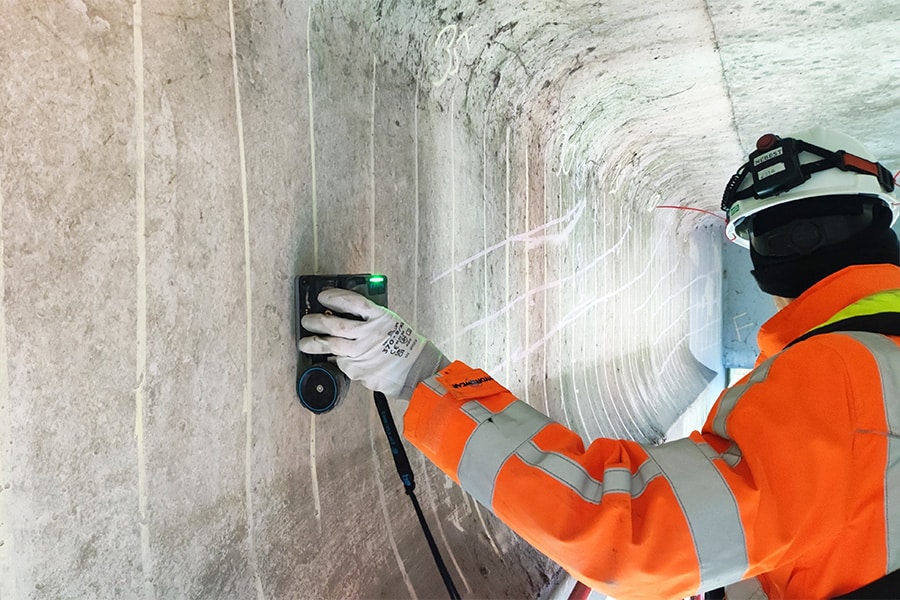
COMMIT TO PROTOCOL
A protocol for risk assessment already exists in England, France and Norway. This does not yet exist in the Netherlands, and for the time being, Van Osch does spot checks based on the ISO standard in close consultation with customers. A Dutch protocol is on his wish list, though. "A lot was built just after the war and these bridges are now 50 to 70 years old," he says. "You see that the demand for maintenance has increased in recent years and we are also good at that maintenance." However, the need and urgency for preventive maintenance is felt a lot less. This, according to Van Osch, is because there have been no major problems in the Netherlands. Protocols abroad are often created after a major incident. In practice, a disaster only activates people to engage in risk management. He therefore calls for this to be avoided and not to wait for a serious accident before taking action.
Not only are the costs then enormous, but also the human and social suffering. "Research on prestressing should be a standard part of the management of prestressed concrete bridges. Such research is labor intensive, but always cheaper than a new bridge. From the cost associated with the collapse of a large bridge, you could have all the bridges in the Netherlands investigated."
Heeft u vragen over dit artikel, project of product?
Neem dan rechtstreeks contact op met Nebest BV.
 Contact opnemen
Contact opnemen
